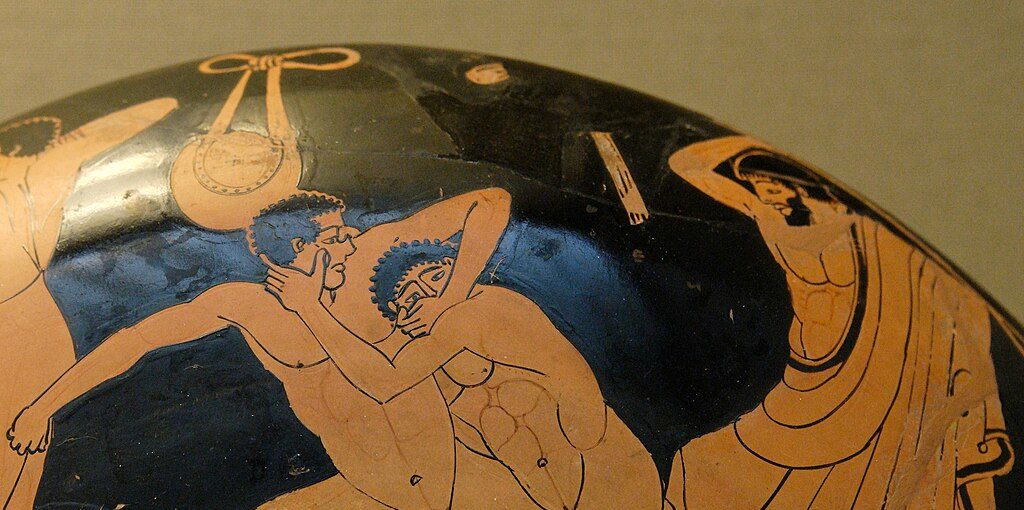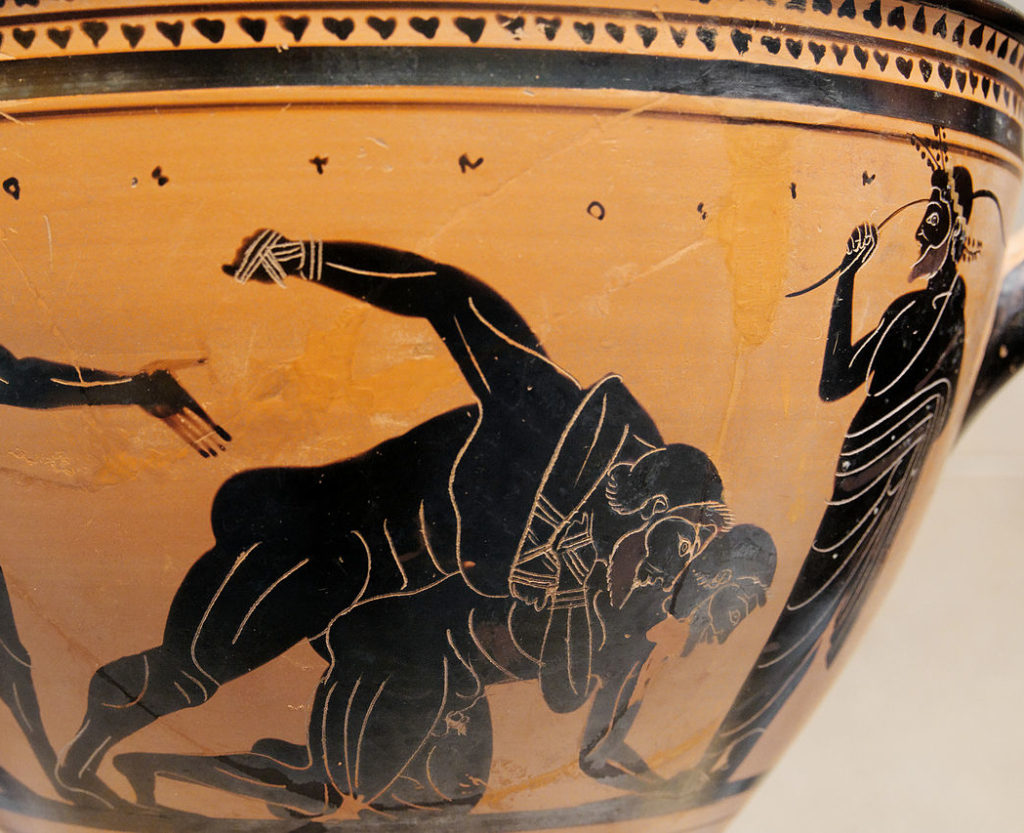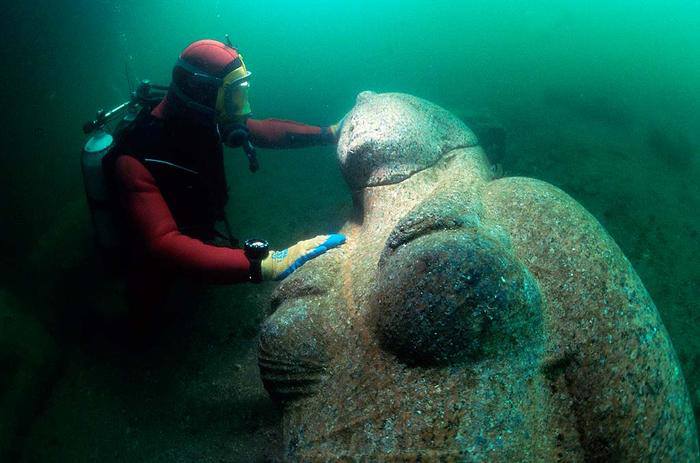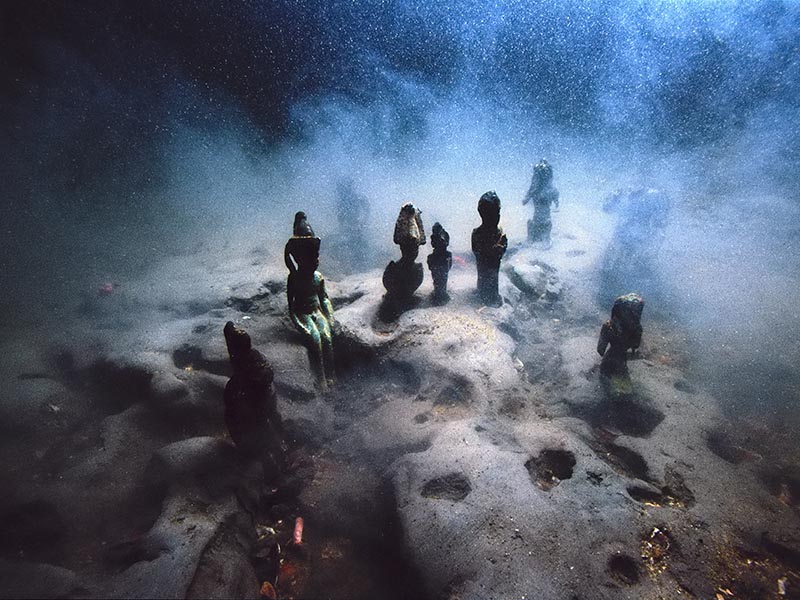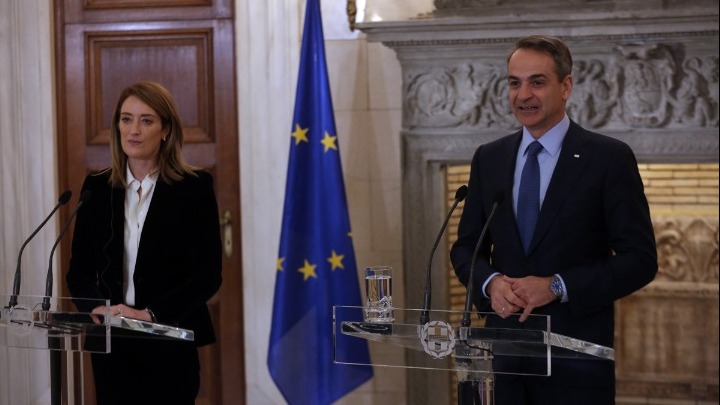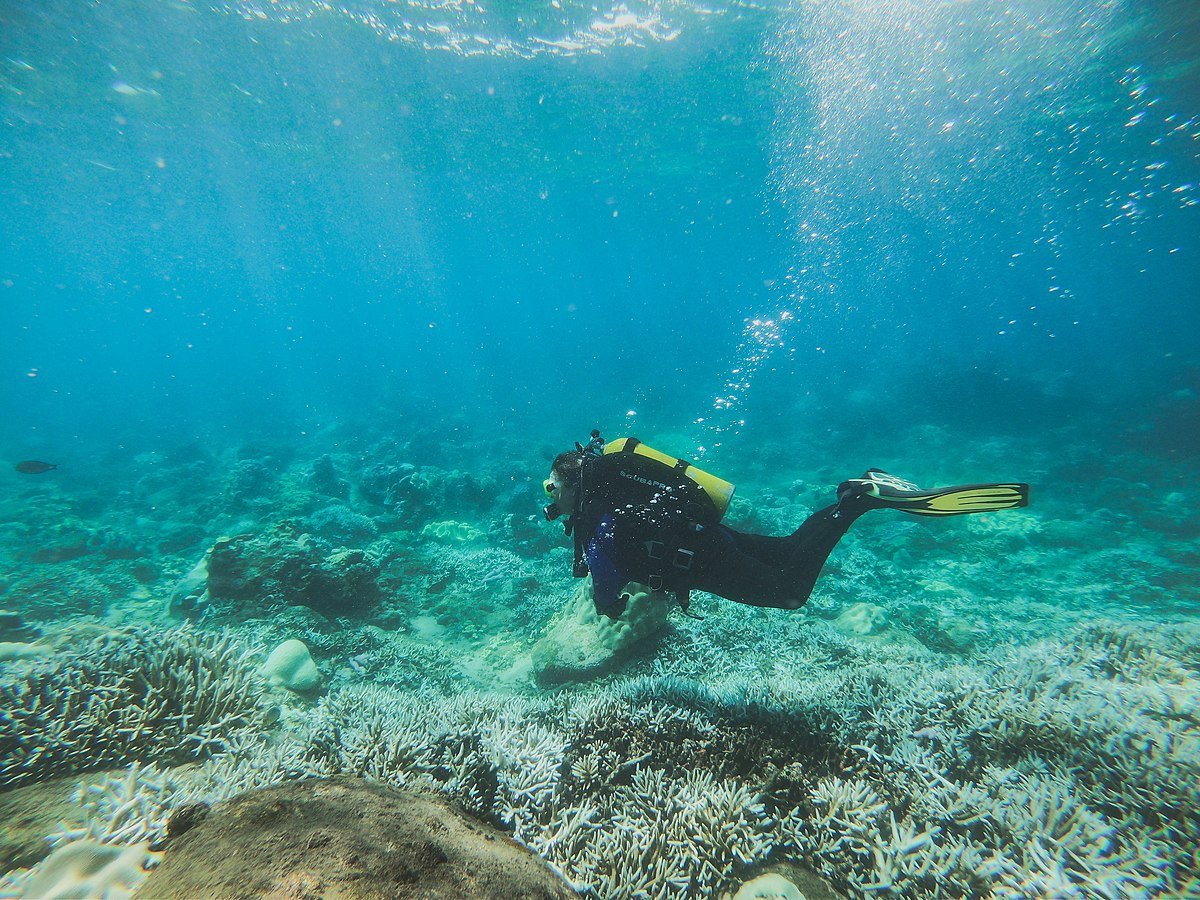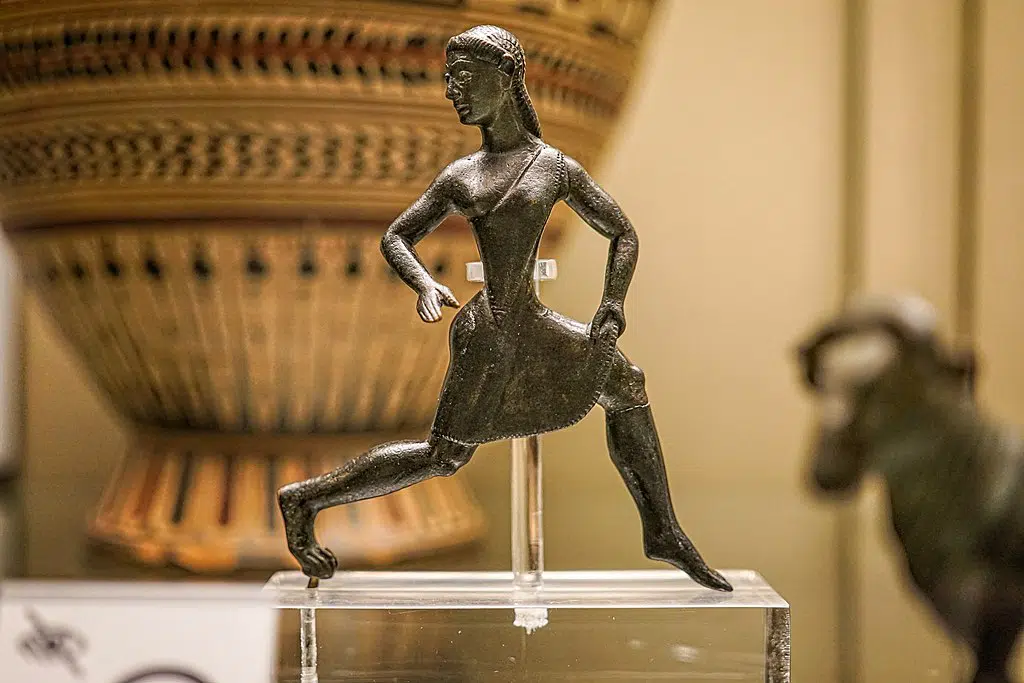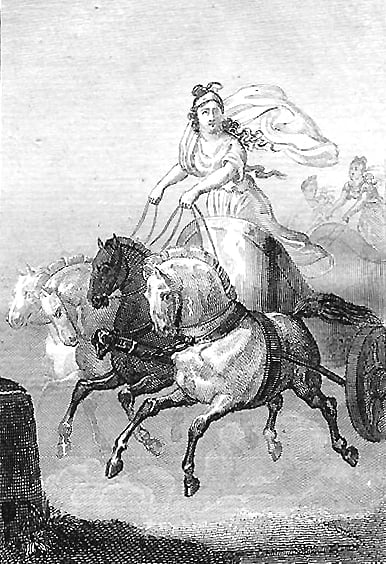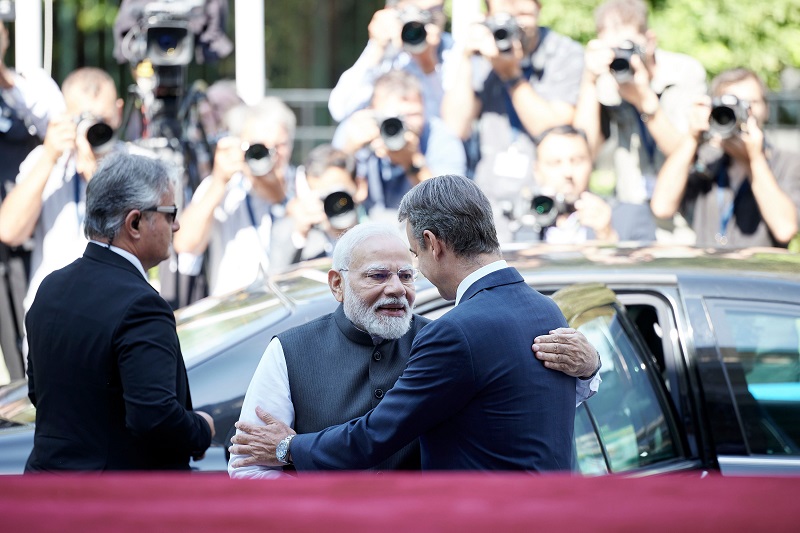
Homer’s Iliad and Odyssey were the two epics that brought the ideas of Greek civilization to the world and served as the foundation of Western literature.
Both works were composed in the late eighth or early seventh century BC. They contain features preserved from the pre-writing age. Historians estimate they were actually put in writing in the middle of the 6th century.
When the Library of Alexandria, Egypt was established in 284 BC, a tremendous project was set in motion for editing all of Homer’s manuscripts for both the Iliad and the Odyssey in order to produce the perfect text.
The Great Library of Alexandria was one of the largest and most significant in the ancient world. Thanks to the efforts of the Ptolemaic kings and the funds they allocated for building it, they managed to procure an estimated forty thousand to four hundred thousand ancient scrolls.
Zenodotus of Ephesus was the first librarian of the Library of Alexandria. He was a Greek grammarian and literary critic who edited Greek poets. Most importantly, however, he was a Homeric scholar and the first to edit Homer’s epics.
Zenodotus, the first editor of Homer’s epics
Zenodotus was a student of Philetas of Cos. He was appointed director of the Library of Alexandria by Ptolemy I Soter, general and successor of Alexander the Great. He was also given the official tutorship of the royal children.
His colleagues in the library were Alexander of Aetolia, who was assigned to the compilation and editing of the works of the tragic writers, and Lycophron of Chalcis, who was responsible for the comic writers.
Zenodotus was charged with the main task, which included the works of Homer, other epic poets, and perhaps the lyric poets. He compiled and compared various manuscripts of Homer and deleted possibly dubious ones. Others he transposed and revised. Lastly, he divided the Iliad and the Odyssey into twenty-four books each. This was the first critical edition of the two monumental epics of Homer.
Certain later scholars attributed the authorship of the Iliad‘s calculation of days in the Tabulae Iliacae to Zenodotus. Grammarians accredited knowledge of the Homeric glosses (Greek: γλῶσσαι), the unusual words the poet used, to him, as well.
Criticism of Zenodotus
The librarian’s first edition of Homer’s masterworks was severely criticized by certain successors of his as well as later scholars who found it overly subjective. Some found his alterations arbitrary, while others disputed his sufficient knowledge of the Greek language. Yet other scholars consented of his overall work.
Zenodotus was especially disputed by Aristarchus of Samothrace (c. 217–c. 145 BC), one of his successors, who was also a Homeric scholar. Aristarchus modified Zenodotus’ work and presented his own edition of Homer’s Iliad and Odyssey.
Following Aristarchus, other scholars disputed the accuracy of Zenodotus’ work on Homer’s epics. However, in the 3rd century AD, the Library of Alexandria was destroyed, as were its treasures.
How Homer’s manuscripts reached the West
About six centuries later, another great library was founded to house the literary treasures of ancient Greece. The Imperial Library of Constantinople in the capital of the Byzantine Empire was established by Emperor Constantius II (r. 337-361 AD) to preserve the knowledge of ancient Greece and Rome.
The priority of the emperor was to save the priceless manuscripts of Homer and those of the Hellenistic era. Ancient manuscripts were written on papyrus, but as papyrus was beginning to deteriorate, they had to be transferred to parchment.
It is estimated that the Imperial Library of Constantinople contained over a hundred thousand volumes of ancient text. It was said it had a scroll of Homer’s text that was one hundred and twenty feet long.
During the Golden Age of Byzantium, the Greek language was forgotten in the West, and there were not many Greek-speaking individuals to read or teach the works of Homer. People knew vaguely about the Iliad or Odyssey because Roman scholars referred to them, and Virgil was influenced by them.
Boccaccio and Pilatus
It wasn’t until the fourteenth century that poets such as Boccaccio and Petrarch realized they would never understand what exactly Homer’s intended messages in his poems was. They didn’t come to this realization, however, until they discovered a manuscript in Constantinople that they took back to the West. They then found a scholar of Greek origin named Leontius Pilatus, one of the earliest promoters of Greek studies in Western Europe, to translate it into Latin.
Boccaccio persuaded him to remain in his residence in Florence so as to translate the works of Homer in their entirety and instruct him in Greek. Pilatus stayed in Florence for more than two years and translated the Homeric epics. Finally, the Iliad and the Odyssey were translated into Latin and published in 1369. The Latin-speaking people of Western Europe could finally read the ancient Greek epics that would soon influence the rest of the Western world during the Renaissance era.
In the fifteenth century, the peak of the Renaissance, when more and more people learned Greek, Homer’s epics became available in their original language, as well. The fact that Constantinople fell in May 1453 and the Ottomans destroyed the library along with its priceless content, makes the initiative of Boccaccio even more significant for the preservation of Homer’s works.
Ironically, in the 1450s, Johannes Gutenberg invented the printing press approximately around the time Byzantium fell. However, Homer’s masterpieces were saved, and, in 1488, for the first time, they were printed in Italy and made accessible to the entire world to read.






